How to Watch the X-Men Movies in Order
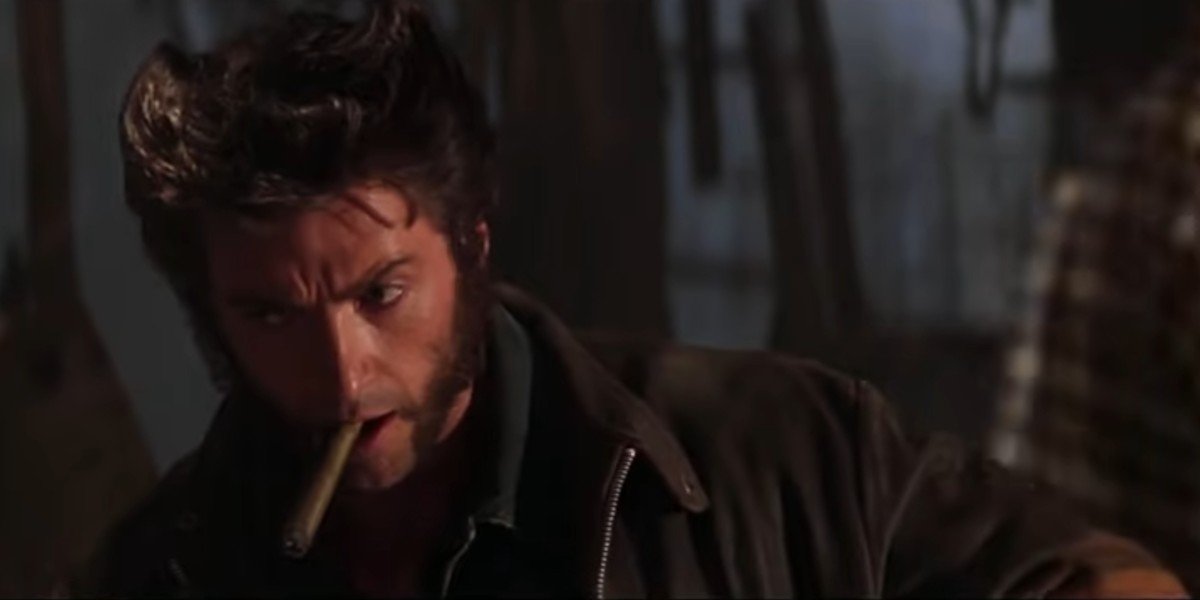
The X-Men franchise was one of the 00s first and most popular superhero films that have since spawned over thirteen installments. With the genre now leaning into multiverse narratives and interconnected storylines across multiple films—something we all know by now the Marvel Cinematic Universe is leading—one can’t help but think back to the chaos of the X-Men’s timeframe. If anything, its nonlinear and almost equally nonsensical timeline is part of its appeal because of how comic-accurate that is.
Anyway, if you’re looking for a new way to rewatch the franchise, we’ve taken on the challenge of figuring out a way to see it chronologically.
X-Men: First Class (2011)
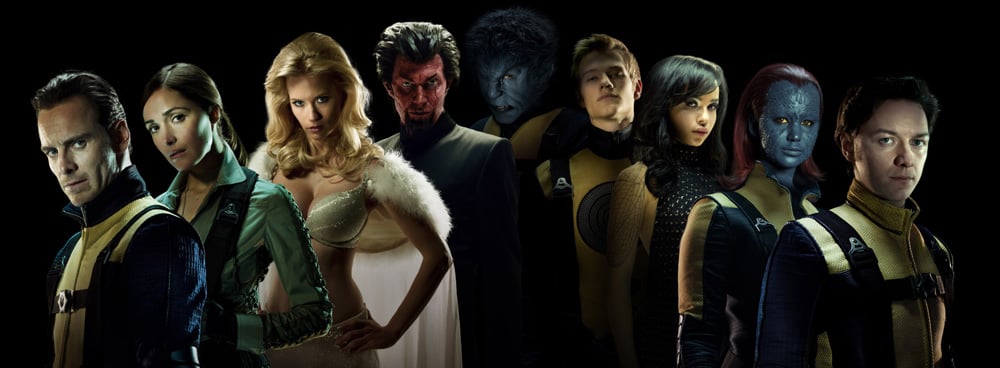
As its name suggests, First Class is placed around the beginning of the timeline and is set sometime around the 1960s during the height of the Cold War. The film stars James McAvoy as a young Charles Xavier and Michael Fassbender as a young Erik Lehnsherr. The prequel covers how the two mutants met and became fast friends, only to later go their separate ways due to their ideological differences.
X-Men: Days of Future Past (2014)

Days of Future Past is one of the franchise’s many installments that’s difficult to place because, technically, it’s set sometime during the ‘70s, but most of the film plays out in the future (which is now our present, 2023). The film follows Wolverine (of course, played by Hugh Jackman), along with several other mutants, who go back in time and garner support from the past X-Men to change history.
X-Men Origins: Wolverine (2009)

Origins: Wolverine sounds simple enough—it’s the Wolverine backstory, that’s it, right? WRONG. Many have pointed out that the plotlines of all the other films released after this one essentially retconned some of its most important elements. Prime examples of these are the sudden disappearance of Wolverine’s half-brother Sabretooth in the franchise’s many subsequent flashbacks and forays into the past and the ultimate dropping of that plot where Wolverine reverts to using his original bone claws. But I digress. As mentioned, the film goes into Wolverine’s lengthy life and obscure origins. It begins as far back as 1845, although a sizable portion of the film is set in 1979.
X-Men: Apocalypse (2016)
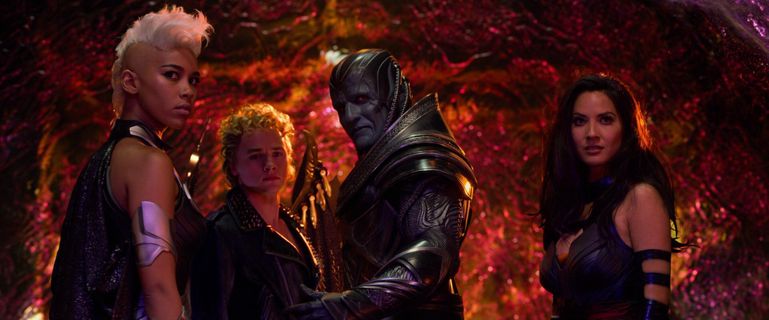
Apocalypse contains flashbacks that date all the way back to the dawn of civilization but is primarily anchored in 1983. Here, Erik Lehnsherr, a.k.a Magneto, is recruited by the immortal god Apocalypse to establish a new order. On the opposing side is, of course, former bestie-now-archnemesis Charles Xavier a.k.a. Professor X.
X-Men: Dark Phoenix (2019)
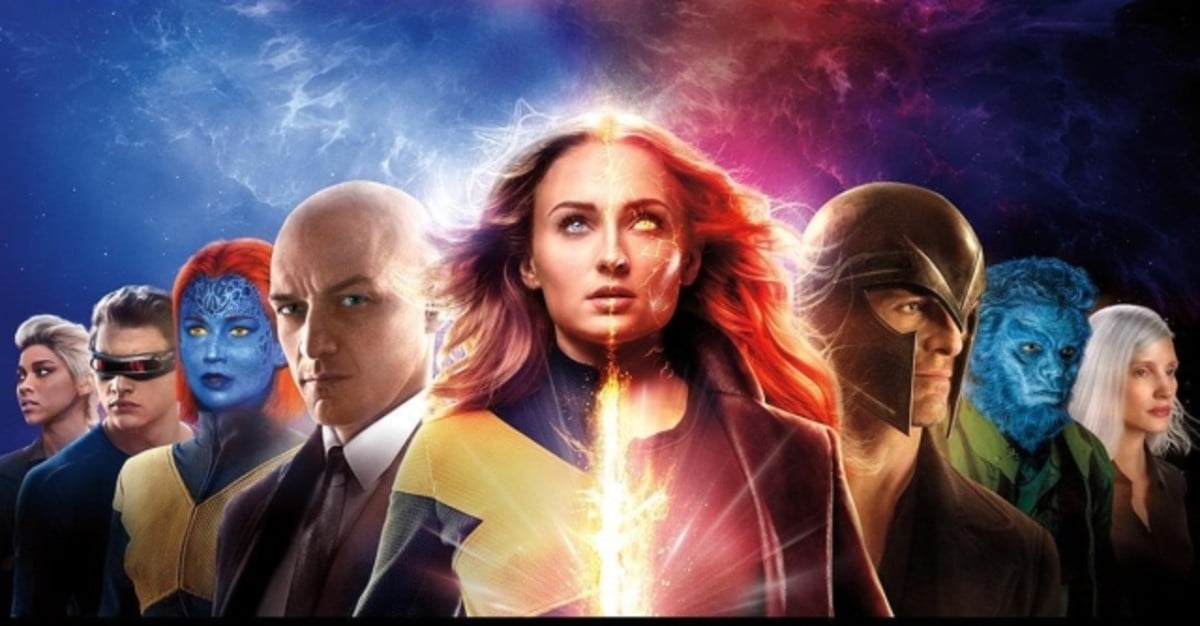
Dark Phoenix marks the end of the prequel squad led by James McAvoy and Michael Fassbender. The film opens in 1975 but again—like several of the other sequels in these prequels—mostly anchors its narrative around 1992. The film follows the X-Men as they try to save a young Jean Grey, who is losing control over her powers.
X-Men (2000)
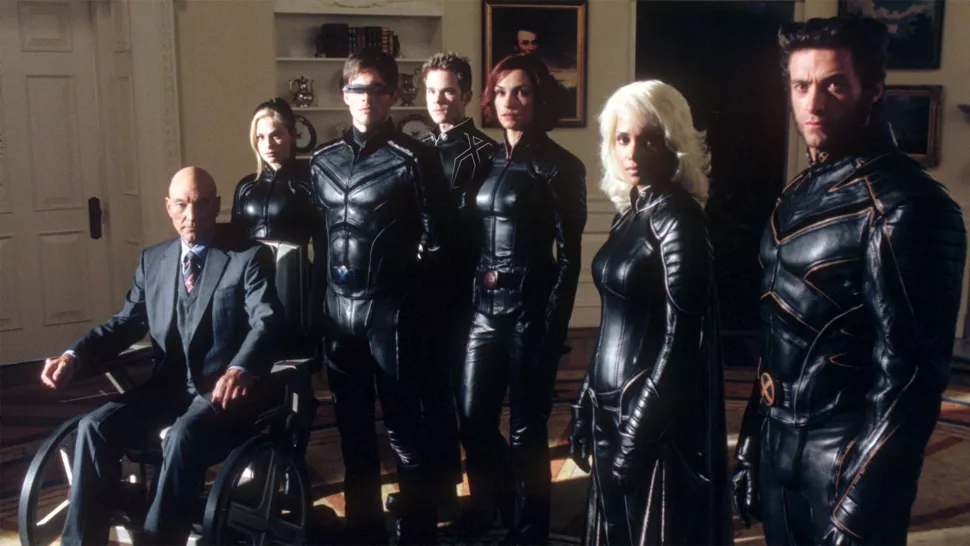
Still with me, so far? Alright. So X-Men was the first movie actually released back in 2000, but in-world is technically this far down the timeline. From here, James McAvoy and Michael Fassbender’s Xavier and Magneto are now played by Patrick Stewart and Ian McKellen. The film follows Xavier and his X-Men going toe-to-toe with Magneto’s Brotherhood of Mutants. At the same time, in the United States Congress, a bill is being passed that would force mutants to reveal their identities and abilities. Xavier insists that mutants can peacefully exist with humans, while Magneto begs to differ and argues that that could never happen.
X2: X-Men United (2003)

In X-Men United, Xavier and Magneto’s factions are temporarily in agreement after the former is captured by an anti-mutant colonel William Stryker. The film touches on Wolverine’s amnesia, his search for his past, and ultimately culminates into a climax that directly ties up the film to its finale, The Last Stand.
X-Men: The Last Stand (2006)

The Last Stand touches on Jean Grey’s Phoenix arc, and if you’re set on rewatching/watching the franchise in this order, then technically, this is the second time that plotline will be highlighted. The last film in this trilogy revolves around a newly-developed “cure” that can suppress the X-gene.
The Wolverine (2013)

The Wolverine serves as a sequel to both The Last Stand and X-Men Origins: Wolverine. It follows Logan in Japan in the present day, where he is still grieving the loss of Jean Grey. The film flashes back to his time in the country during the Second World War and later on shows Logan in the middle of a conflict involving the yakuza.
Deadpool (2016)
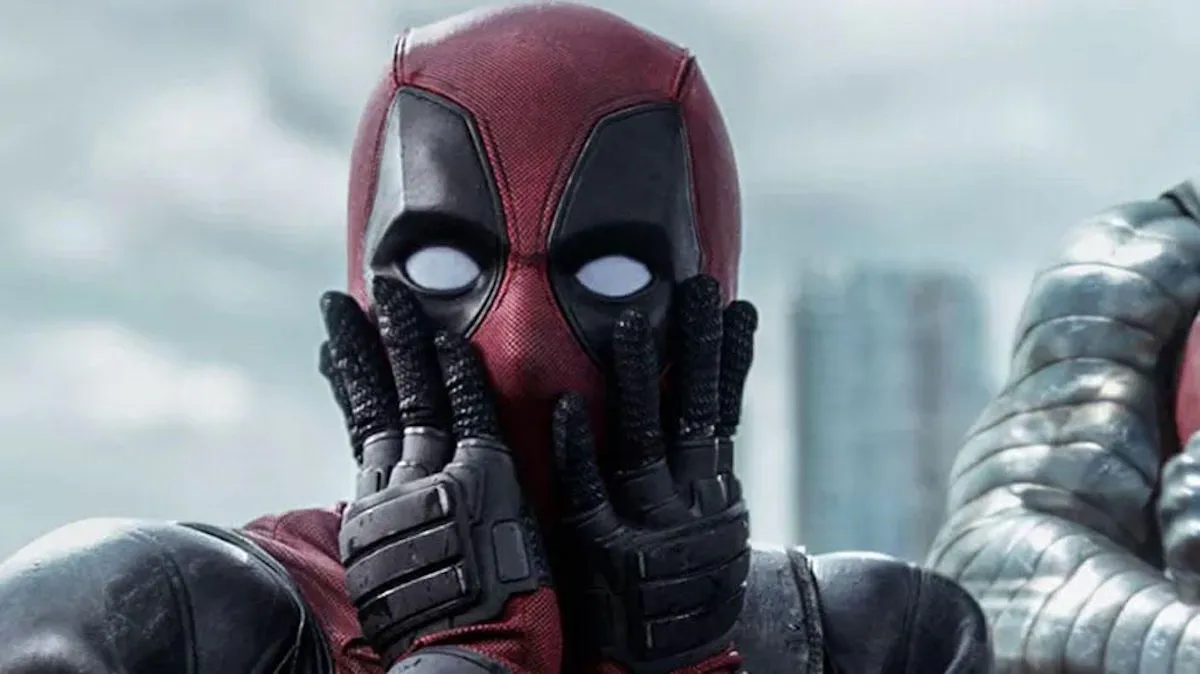
Ryan Reynolds made his first appearance in X-Men Origins: Wolverine as the foul-mouthed but lovable Deadpool. However, he doesn’t play much of a role in several of the X-Men’s many other installments. Still, Wade Wilson pretty much exists in the X-Universe and should very well be put on this list. In this 2016 film, former special forces operative now turned mercenary Wade Wilson, is on a mission to hunt down the man who disfigured and transformed him into Deadpool. Oh, and it’s also a love story.
Deadpool 2 (2018)
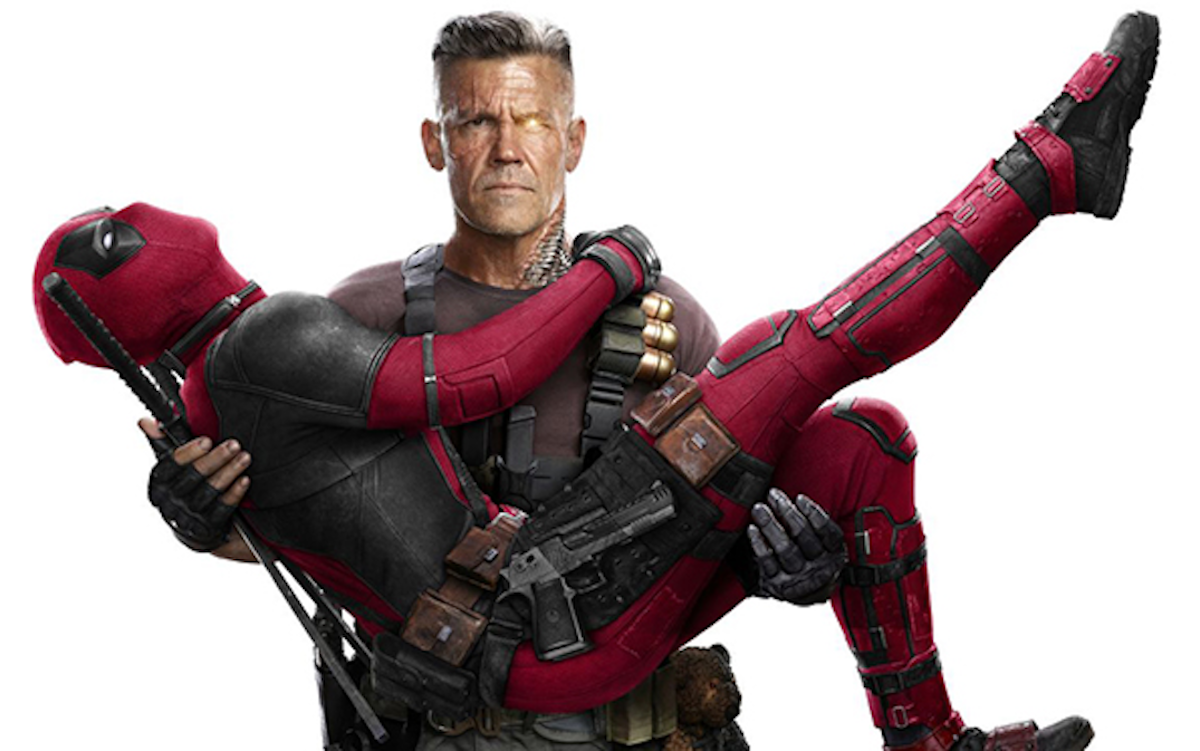
Deadpool 2 makes references to X-Men’s timeline and even features him going back in time to “fix” the timeline, presumably around X-Men Origins: Wolverine. Wade also makes hints about 2017’s Logan.
The New Mutants (2020)
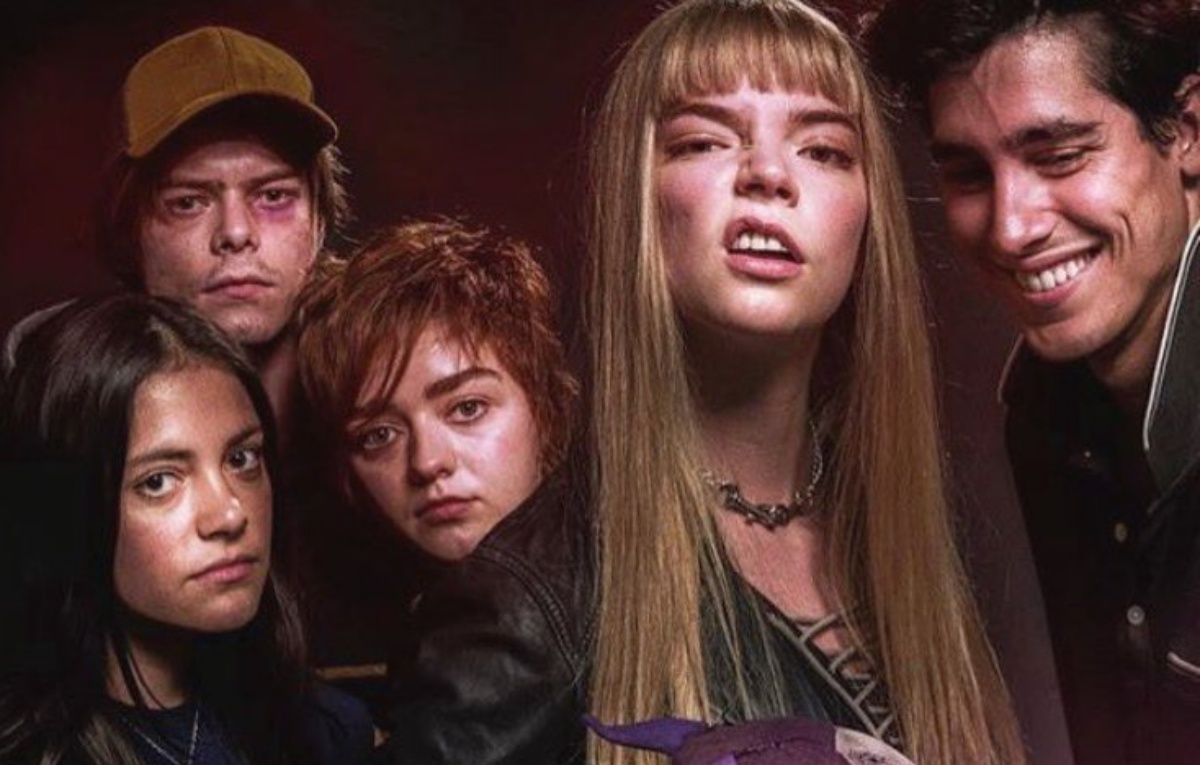
The New Mutants’ place in the timeline is a little complicated, making it a tough one to place. Although, it’s safe to say that you can probably insert this one in any order, and you’ll still be good. The film was released in 2020 but is set sometime around 2017 and features five teenage mutants who are in the process of having their powers “cured.” The movie features performances from Anya Taylor-Joy and Game of Thrones’ Maisie Williams, which technically puts her in the same universe as Sophie Turner, who played Jean Grey in Dark Phoenix—Stark sisters for life.
Logan (2017)
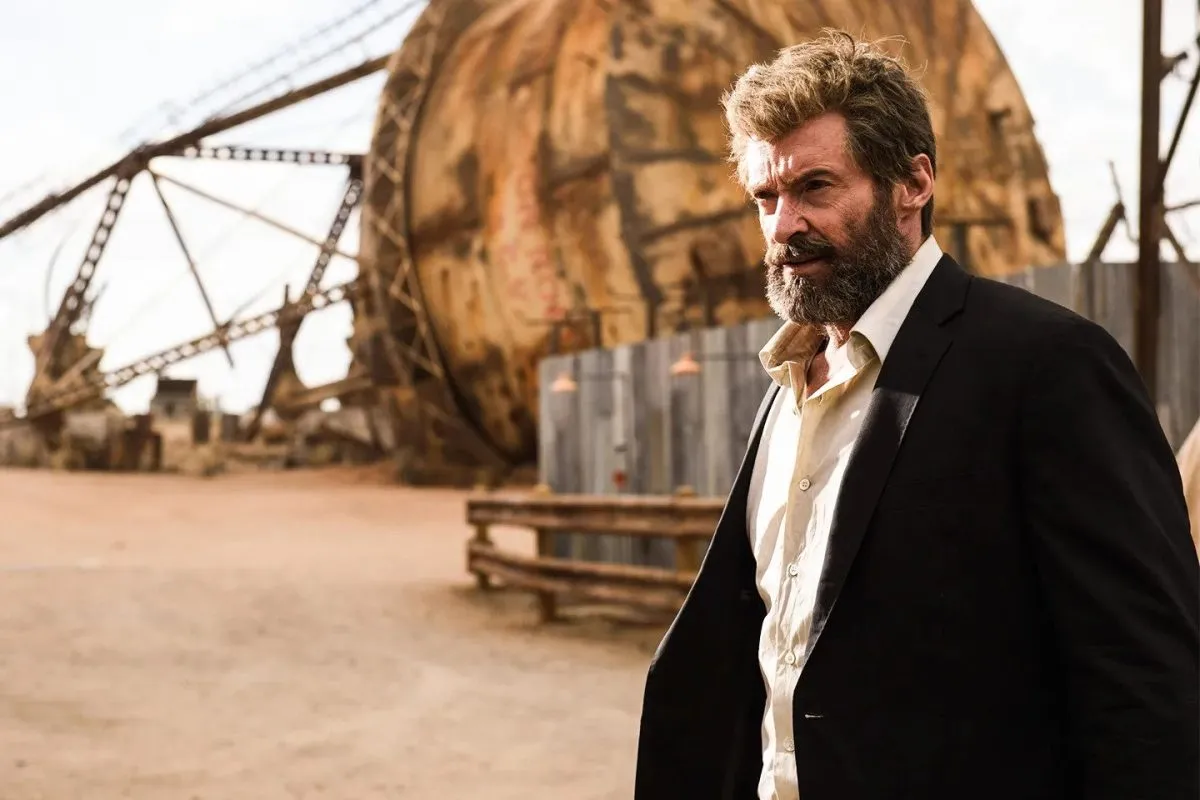
2017’s Logan excellently closed the entire franchise, with Hugh Jackman once again donning the claws as its titular character, together with Patrick Stewart as Xavier. The film is set in 2029 (making it still years away from the upcoming Deadpool 3) and features a world where the mutants are on the brink of extinction. Unlike his past self, Logan is now aging, and his healing abilities aren’t what they used to be. He’s retired. That is, until he comes across a young mutant needing help. The film follows Logan for one last ride and makes several references to the X-Men’s many sequels. In one scene, Xavier tells Logan that people are waiting for him at the Statue of Liberty, to which Logan responds that that was a long time ago—referencing the climax of 2000’s X-Men.
(featured image: 20th Century Fox)
Have a tip we should know? [email protected]
